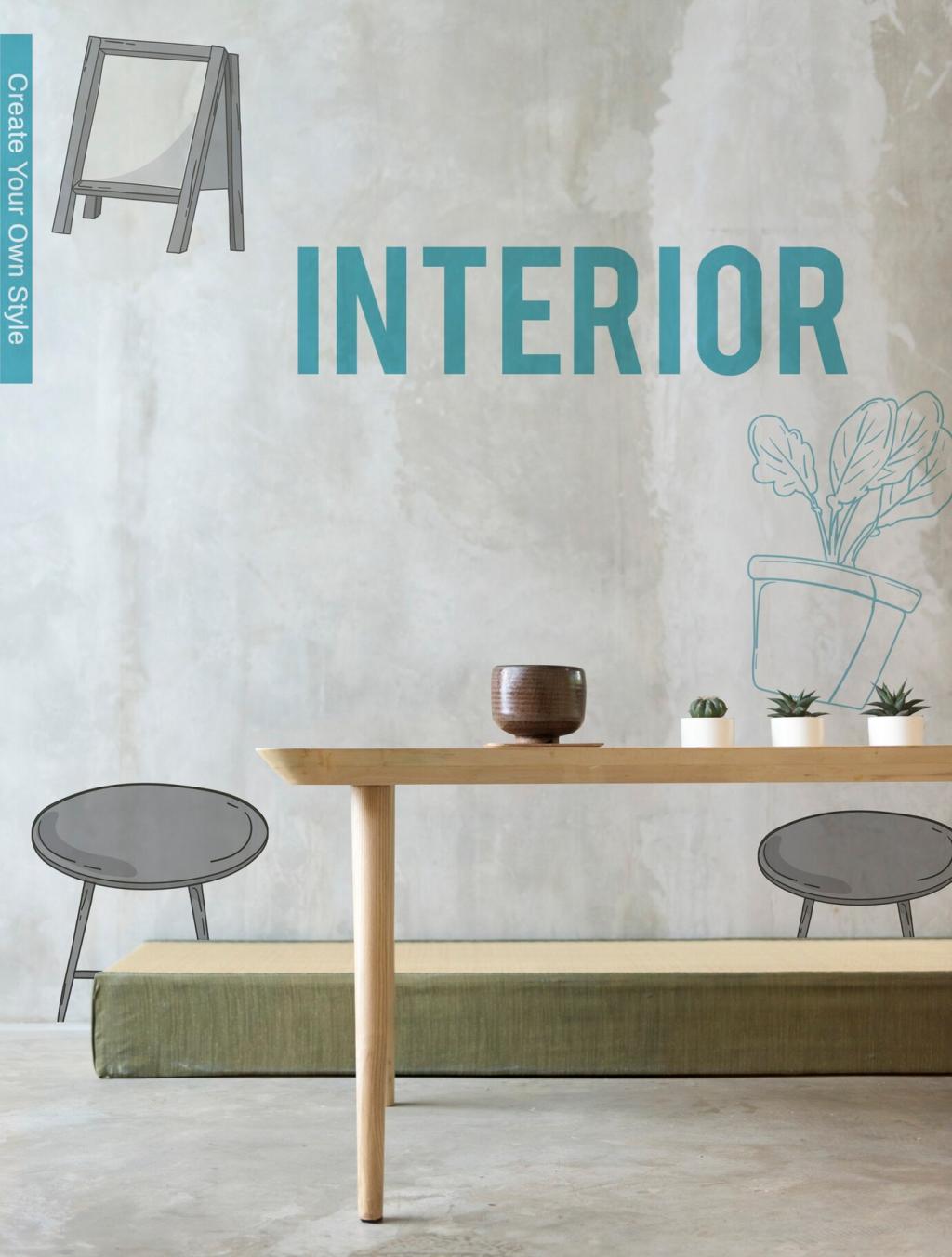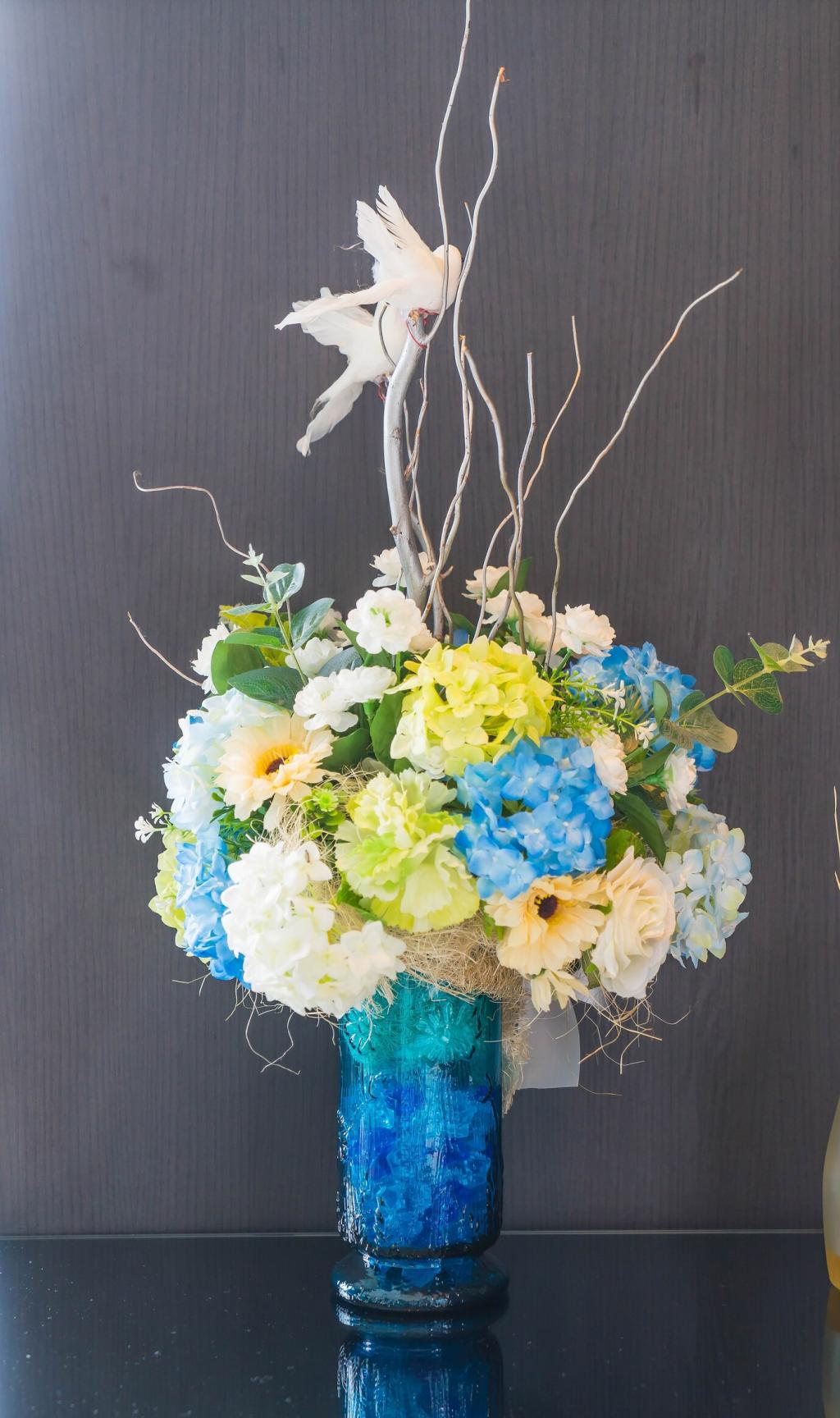Natural Fibers That Feel Good and Break Down Cleanly
Choose undyed or plant-dyed jute and hemp rugs with natural latex backings rather than synthetic glues. Organic cotton throws soften with age, then compost when worn out. Avoid plastic fringe and polyester stitching, which linger in soil long after the fabric returns to earth.
Natural Fibers That Feel Good and Break Down Cleanly
Linen curtains drape elegantly, regulate humidity, and biodegrade when uncoated. Wall hangings from sisal or coir add texture without plastic fillers. If you love tassels, opt for cotton threads and wooden beads, and skip acrylic yarns that undermine a fully biodegradable composition.






